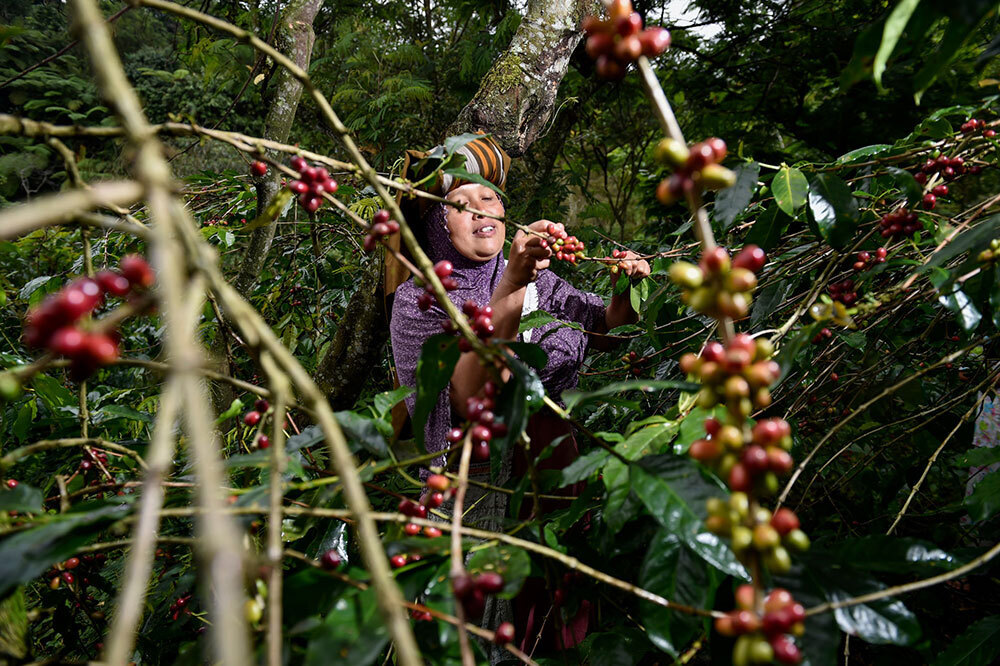
|
|
PHOTOGRAPH BY CHAIDEER MAHYUDDIN, AFP VIA GETTY
|
|
By Robert Kunzig, Executive Editor, Environment
Can a growing humanity feed itself? The question has been with us at least since the Reverend Thomas Malthus posed it more than 200 years ago. Malthus argued that the number of humans on Earth would inevitably outstrip the available farmland, leading to famine so widespread it would cut the global population back down to size. Though famine has indeed remained a recurrent local danger—including right now in East Africa—we’ve so far escaped catastrophe on the scale Malthus envisioned, thanks to advances in agriculture.
But past performance is no guarantee of future results—especially in an era of climate change.
Last week we published three stories that came at this huge and weighty subject from different angles. In the 21st century, water shortages will loom especially large as a threat to food production in some regions. Stephen Robert Miller reports for us from one of the front lines—central Arizona, where farmers this year are facing steep cuts to the amount of water they can draw from the drought-stricken Colorado River. He finds one heartening development: a few white farmers are now collaborating with the Gila River Indian Community, who have more senior rights to water and thus haven’t faced a cut yet. But deep uncertainty hangs over the future of farming in the Arizona desert.
As it does over the future of coffee—hardly an existential threat, to be sure, but for many of us, life would be a lot poorer without it. Sarah Gibbens and cartographer Riley Champine report on a new study projecting that by 2050 the area most suitable for growing coffee on this planet will decline by half, mostly because of rising temperatures in the main producers: Brazil, Vietnam, Colombia, and Indonesia. The areas suitable for growing cashews, on the other hand, will increase—but they will be new ones. Some countries that now export a lot of cashews, such as Benin in West Africa, may be hard hit. The situation with avocados is broadly similar, with losses in some regions and gains in others. (Pictured at top, picking coffee in Indonesia; below, avocados growing in Mexico.)
|
|
|
|